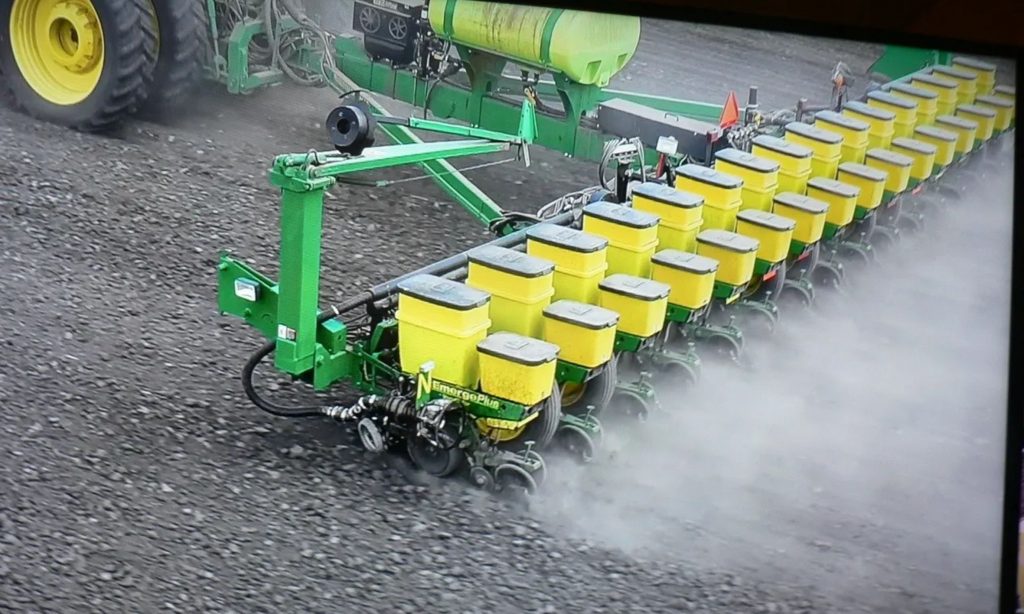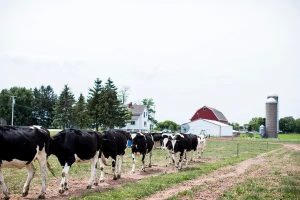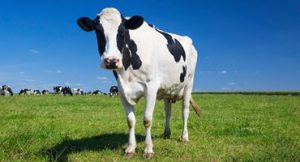
Some questions seem to be too simple to be real but I realize more than half of U.S. citizens are three generations removed from the farm. That means more than half of the U.S. population didn’t grow up on a farm. Their parents didn’t grow up on a farm, and their grandparents didn’t grow up on a farm.
Question: “How do farmers manage such big, high-tech and expensive operations?”
Answer: That’s a question that comes up often, especially at June Dairy Breakfasts on the Farm and always from city visitors.
The answer is a bit complicated because every one of the near 6,000 dairy farms in Wisconsin is managed differently.
Firstly, owners/managers of successful dairy farms are smart and experienced. Even the smaller dairy farms can easily exceed a million dollars in value with the mega dairies in the tens of millions. A milking parlor itself may cost several million dollars and average milking cows are selling in the $1500-$2000 range. Thus, a 1000 cows may have a value of a million dollars alone. In addition there are calves, heifers, equipment for dairying and field work and of course the family housing and living.

It’s true, a multi-family dairy family will spend and receive more dollars than many non-farm businesses.
I’d guess the most important factor in managing such a big business is experience. Just attending an ag college and or just wanting to be a farmer won’t do it. I can think of but a couple of successful dairy farms where the owner is not involved on a daily basis and they hire top flight, highly paid former farmer managers to run the various farming enterprises.
The successful farms absolutely must have an owner who understands finances, technology, employee management, animal health, public relations and business. In addition, you will see them at PDPW and DBA seminars, Extension meetings, supplier education meetings, field days and meeting with other farmers – all in the continuing effort to learn.
I doubt that any successful business manager, educator or politician, with no farming experience could take over an existing farm and make it work. Unless they hired top managers with experience, at a huge cost and let them manage.
Note: I’ve predicted that very thing may happen in the future when existing mega farms run out of family owners who can afford to financially handle the operation and must sell out, as many small businesses now do. (That’s not true yet.)
In summary: Successful farmers are smart farmers and business owners who do what they need to do keep “a hundred balls in the air at once.” It is very difficult for an employee working for the government or a large corporation who has no financial investment, works a 40-hour week and has a defined job to understand. Just believe me. (My columns written for so many years have tried to shed some light on the subject, but each farm operation is operated so differently that there is no one set of rules although the basics can be learned by working for another farm for a learning period.)

Question:“I read about the low milk price farmers are getting today as compared to a year ago. How do they survive?”
Answer: You are a bit behind. Milk price has been at a record high since the pandemic era began. In fact year-to-date 2022 milk prices averaged $25.64/cwt., the highest average on record. But dairy farmers know that what goes up ultimately comes down.
So, they pay down debt during the good years so that their lender will later provide financial assistance as needed. Farms, as other businesses, are seldom debt free, they use debt as a financial tool. They will try to save money for the bad days and keep their credit lines open for the low price days sure to come ‒ as history has shown. There is continuous political pressure from dairy organizations for a farm bill that would maintain higher milk prices ‒ with little success.

Question:You often write about or picture a threshing machine or combine. What are these machines used for?
Answer: The threshing machine was the first machine that would separate the grain from the stems of grain crops. It was first powered by steam engines, then tractors that moved from farm to farm. Oats, wheat and barley were cut with a grain binder and shocked in the field. Farmers hauled the grain bundles to the threshing machine where the grain seeds were separated and stored for later use as cattle feed and the straw was blown into a stack and used for cow and calf bedding in the barn during the winter.

The combine was a technical advance that also threshed the grain from the stems (straw) while being pulled by a tractor. We owned an Allis Chalmers All-Crop Harvestor that would cut a six foot swath. Technology soon progressed to where combines harvested soybeans and corn in wide strips and are self propelled enabling farmers to use big fields and crop fast and efficiently. Farming is all about technology that advances year by year.






















